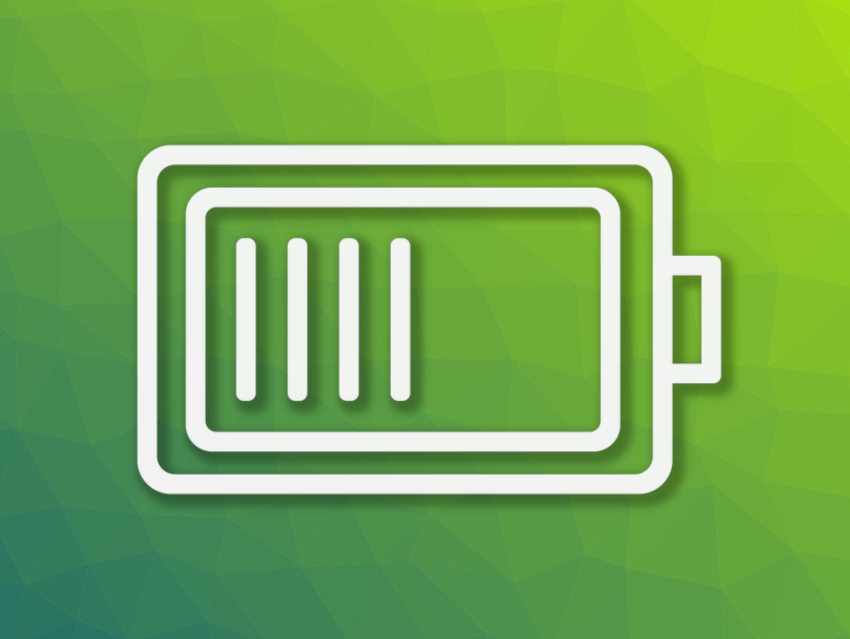Nanostructured materials can be useful in batteries due to their transport properties and reactivity. Vanadium sulfide (VS4), for example, forms quasi-one-dimensional chains in which the vanadium cations are coordinated by S22– anions. The chains are held together by van der Waals interactions, which leaves enough space between them for, e.g., sodium ions. This could be useful in sodium-ion batteries. VS4 has a high theoretical capacity, but existing vanadium sulfide nanomaterials usually only reach lower capacities. Understanding and controlling the morphology of such nanomaterials could lead to better properties for applications in batteries.
Youqi Zhu, Chuanbao Cao, Beijing Institute of Technology, China, and colleagues have prepared ultrathin VS4 nanosheets using microwave syntheses. The team used thioacetamide (TAA) and ammonium vanadate as the sulfur and vanadium source, respectively, and ammonium ions to coordinate formed nanocrystals and control the growth of the vanadium sulfide.
Depending on temperature and reaction time, different hierarchical structures such as nanospheres, hollow nanospheres, and nanoflowers were obtained via self-assembly of the nanosheets. VS4 nanospheres were obtained via a reaction at 180 °C in 5 min. When the reaction time was extended to 45 min, hollow nanospheres were formed. When the reaction was performed at 130 °C for 45 min, the resulting structures were nanoflowers.
The team studied the sodium storage performance of the different morphologies and found that the hollow VS4 nanospheres show a relatively high specific capacity and the best long-term cycling stability. They attribute this to the resistance of this structure to volume changes during charge/discharge cycles. The work could be useful for the further development of vanadium sulfide anode materials for sodium-ion batteries.
- Ammonium-Modified Synthesis of Vanadium Sulfide Nanosheet Assemblies toward High Sodium Storage,
Bolin Liu, Liqin Wang, Youqi Zhu, Hui Peng, Changliang Du, Xinyu Yang, Quanqing Zhao, Jianhua Hou, Chuanbao Cao,
ACS Nano 2022.
https://doi.org/10.1021/acsnano.2c05232



